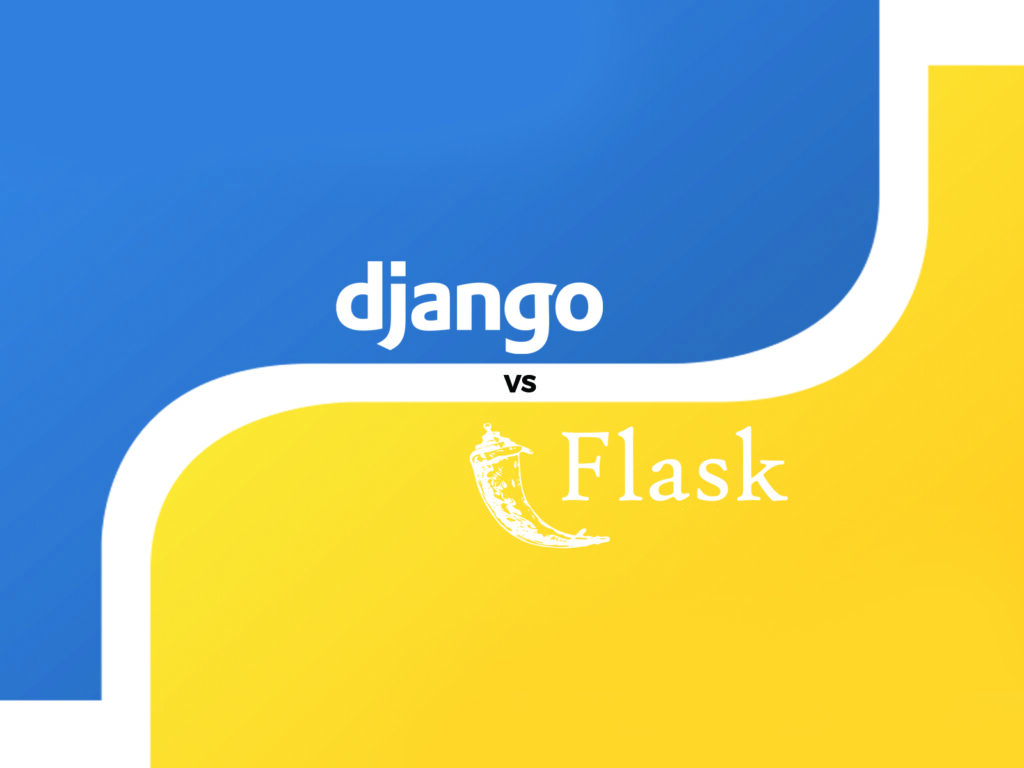
Python’s popularity in web development has skyrocketed, thanks to two major frameworks: Django and Flask. Both frameworks have distinct advantages and are widely used by developers around the world. With the release of Django 4.0, it’s the perfect time to revisit these frameworks and decide which one is the best choice for your next project.

What is Django?
Django is a high-level Python web framework designed for rapid development and clean, pragmatic design. It was built to handle complex, large-scale applications and follows the “batteries-included” philosophy. This means Django comes with many built-in features like authentication, URL routing, an admin panel, and ORM (Object-Relational Mapping).
Key Features of Django 4.0:
- Asynchronous capabilities: Django 4.0 introduces asynchronous views, which improve performance, especially for real-time applications.
- ORM improvements: Enhanced query optimizations make database operations faster.
- Security: With built-in protection against SQL injection, cross-site scripting (XSS), and cross-site request forgery (CSRF), Django continues to be a highly secure framework.
- Admin interface: Django’s powerful, customizable admin panel remains one of its key strengths.
SEO-friendly URL structures, automatic data migrations, and third-party packages make Django a powerful framework for developers looking to build robust, scalable websites and applications.
What is Flask?
Flask, on the other hand, is a lightweight, micro-framework designed for simplicity and flexibility. Unlike Django, Flask doesn’t come with many built-in tools, allowing developers to choose their own libraries and components. This makes Flask an excellent choice for smaller projects or those that require more customization.
Key Features of Flask:
- Minimalistic: Flask is lightweight and unopinionated, giving developers the freedom to structure their codebase as they like.
- Extensibility: With Flask, you can add only the extensions you need, such as SQLAlchemy for database operations or Jinja2 for templating.
- Microservices: Flask is often chosen for building RESTful APIs and microservices due to its small footprint and speed.
- Ease of Learning: Flask has a simple, modular design, making it easy for beginners to pick up quickly.
Django vs Flask: A Side-by-Side Comparison
Here are some critical differences between Django and Flask, highlighting when to use each:
| Feature | Django 4.0 | Flask |
|---|---|---|
| Complexity | High (comes with built-in features) | Low (lightweight, highly customizable) |
| Learning Curve | Steeper due to built-in components | Easier for beginners |
| Use Case | Best for large, complex applications | Best for smaller apps, APIs, or microservices |
| Performance | Slower (more built-in functionality) | Faster (minimalist design) |
| Asynchronous Support | Supported (new in Django 4.0) | Supported (with async libraries) |
| Security Features | Extensive built-in security features | Requires manual configuration |
| Community & Plugins | Large community with many third-party packages | Smaller, but growing community |
When to Use Django 4.0:
- Large-scale web applications: Django is perfect for applications that require complex user authentication, role-based access, or admin panels.
- eCommerce and enterprise-level apps: The scalability and security features of Django make it ideal for larger businesses.
- Quick prototyping: With so many features included out of the box, Django is excellent for quickly developing MVPs (minimum viable products).
When to Use Flask:
- APIs and Microservices: Flask’s lightweight design is perfect for creating small services and APIs.
- Custom, minimal applications: If you prefer full control over the tools and libraries you use, Flask offers the flexibility to build your application from scratch.
- Learning and experimenting: Flask’s simple structure makes it ideal for learning web development concepts or creating smaller, one-off projects.
Django 4.0 vs Flask: SEO Considerations
When it comes to SEO, Django has an edge due to its built-in SEO-friendly URL structures and automatic sitemap generation. Django’s robust URL routing system allows for the easy creation of clean, readable URLs, which is crucial for search engines.
On the other hand, Flask requires additional effort to implement similar features. You’ll need to manually configure routes and optimize for SEO, though you do have the flexibility to implement whatever SEO strategies fit your needs.
Conclusion: Django or Flask?
The choice between Django and Flask largely depends on the requirements of your project. If you’re building a large, scalable application with complex features, Django 4.0 is your best bet. However, if you prefer simplicity, flexibility, or need to develop APIs, Flask offers the control and minimalism you need.
Whether you choose Django or Flask, both frameworks have a strong presence in the Python ecosystem and are supported by large, active communities. For web developers and businesses alike, understanding the strengths of each framework will help ensure you pick the right tool for the job.
